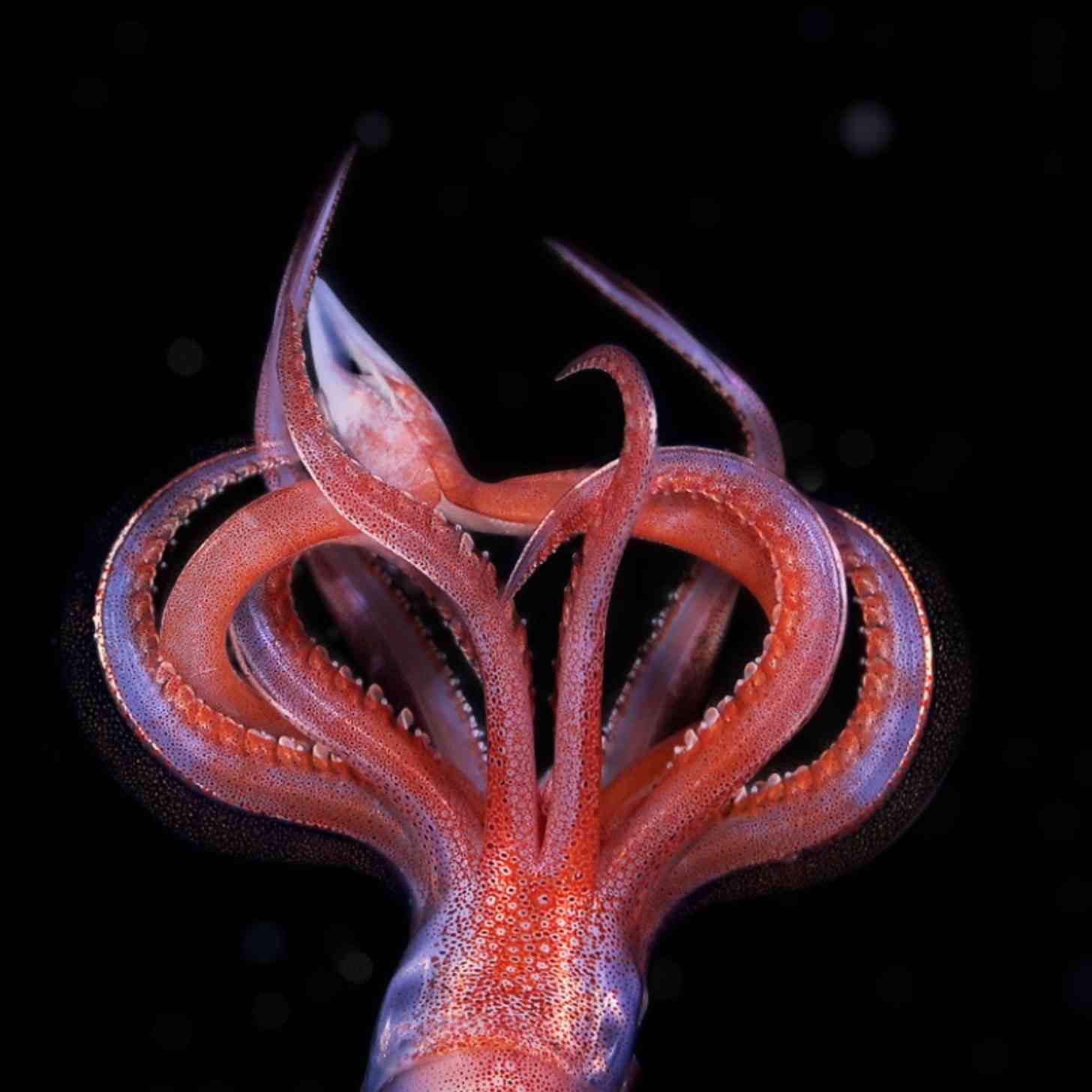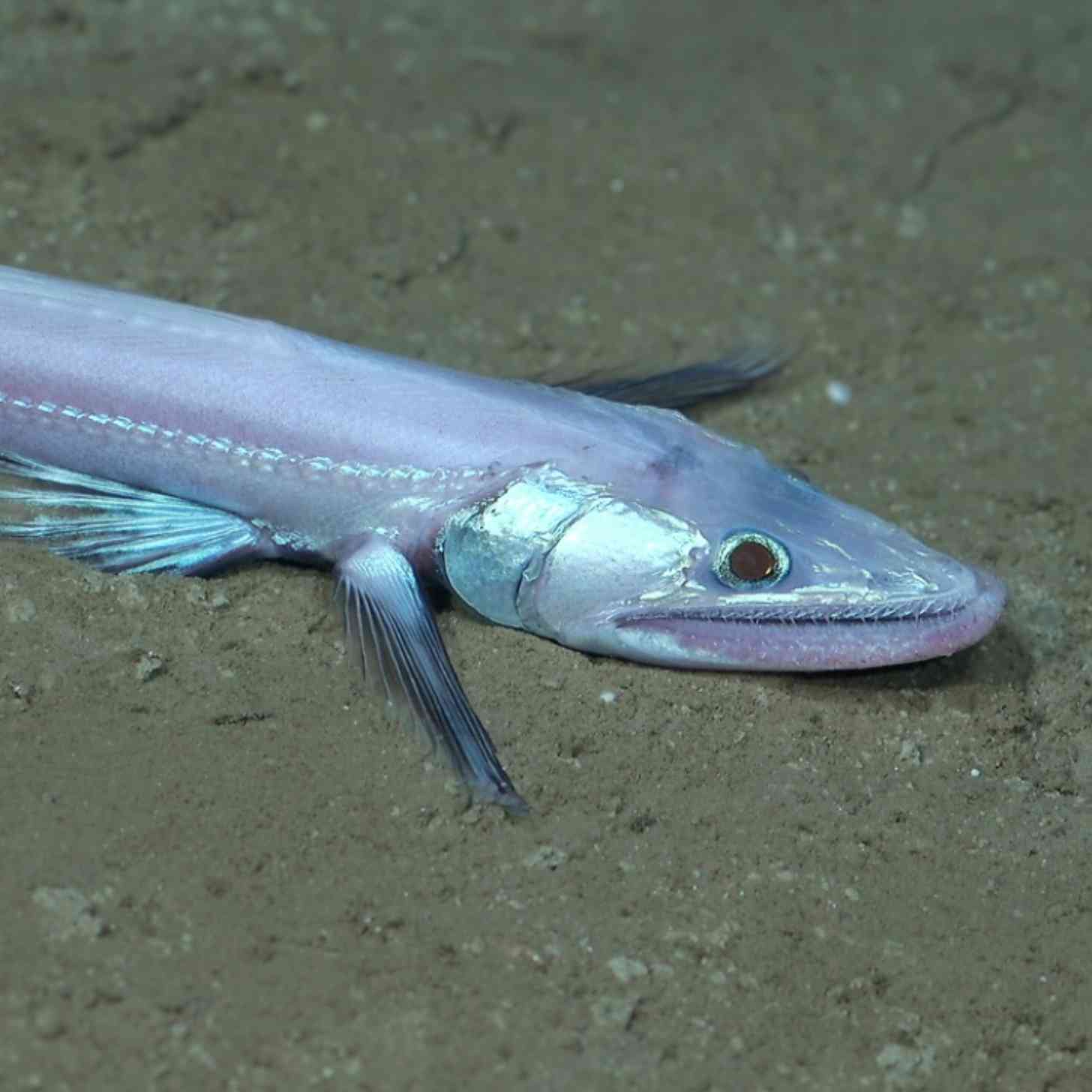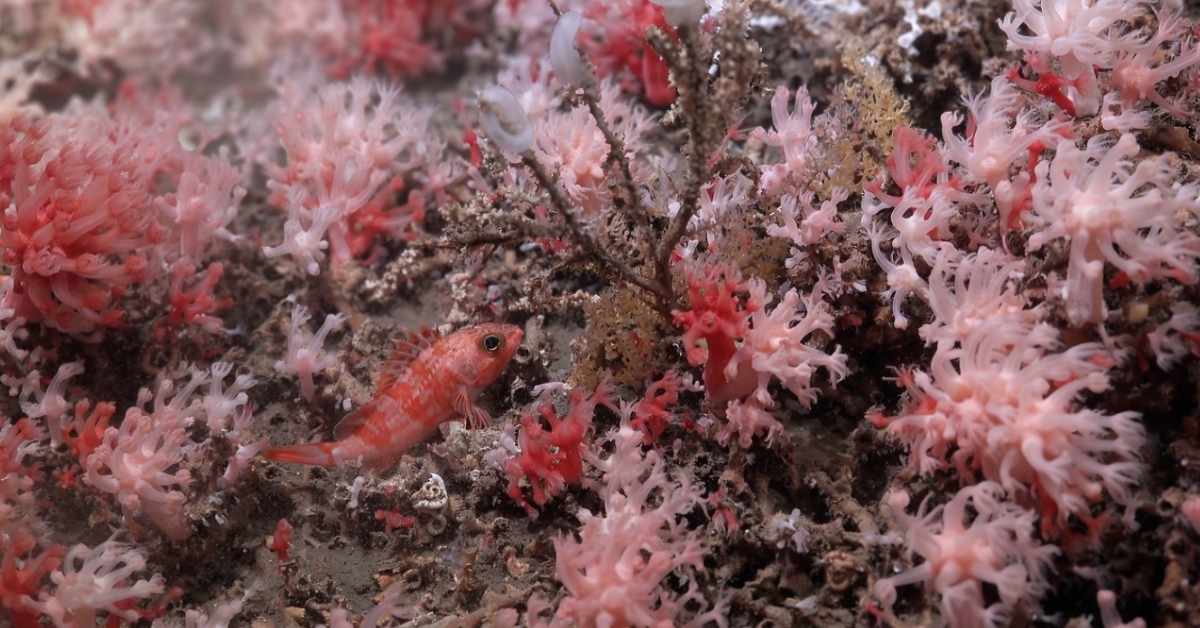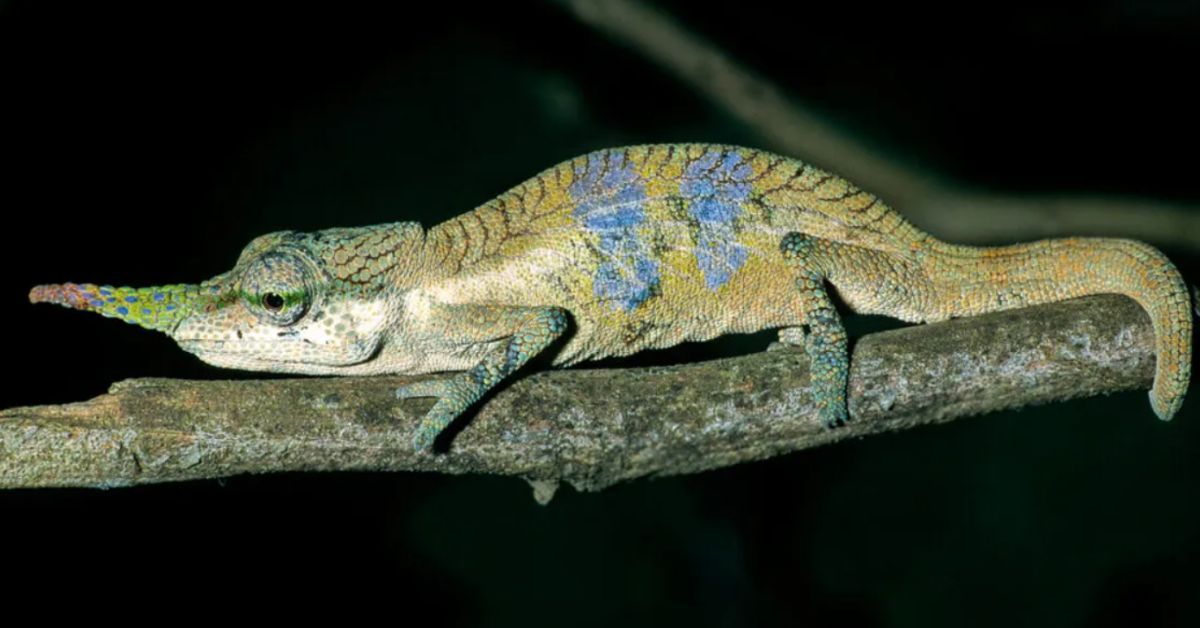In August, an international team of scientists from the Schmidt Ocean Institute deployed a remotely operated vehicle to explore deep-sea coral reefs off the coast of Uruguay.
From a nearby research vessel, researchers were able to lead the underwater robot, dubbed SuBastian, to depths of over 300 meters.
They captured the expanse of the coast’s cold-water stony coral reefs — one which covered an area equivalent to “more than 180 FIFA football fields.”
To the scientists’ pleasant surprise, the Desmophyllum pertusum reefs were a lot healthier than they expected, and they were rich with a mix of colorful underwater residents like hummingbird fish, slit shell snails, groupers, and sharks.

Dr. Alvar Carranza of the Universidad de la República and the Centro Universitario Regional del Este first detected the deep-sea coral reefs in 2010 using mapping technology.
Across the 29-day voyage, the team captured footage of at least 30 potential new species, including sponges, snails, and crustaceans.
“We always expect to find the unexpected, but the diversity and complexity of what we found exceeded all our expectations,” Carranza said in a press release.
As the suspected new species await further study, the researchers were also shocked to spot hundreds of species that had never been seen in Uruguayan waters before, including crystal squids, the dumbo octopus, and tripod fish.

“This was Schmidt Ocean Institute’s 100th expedition and we are delighted that it took place in the beautiful waters off Uruguay with such an engaging team of scientists,” said Schmidt Ocean Institute’s Executive Director, Dr. Jyotika Virmani.
“We were also honored that Uruguay’s President Yamandú Orsi graciously visited the vessel just before it set sail to wish the scientists and crew a successful voyage as they explored this previously never-before-seen part of the world.”

Schmidt Ocean Institute also made global headlines in August when the livestream of their three-week expedition of Argentina’s Mar del Plata Canyon went viral and garnered over 17.5 million views.
Using SuBastian, the team was able to lead the first high-tech exploration of Mar del Plata, remotely controlling the vehicle at depths of more than 3,500 metres — nearly twice as deep as the Grand Canyon.

In addition to dancing telescope octopuses,“Barbie” pink lobsters, and a star fish that went viral for its likeness to a certain SpongeBob character, researchers estimated that they had uncovered up to 40 potential new species.
The never-before-seen deep-sea creatures included “sea anemones, sea cucumbers, sea urchins, snails, corals, and crinoids, amongst others.”

Researcher Dr. Martín Brogger, who works for the National Scientific and Technical Research Council, said that he was blown away by the attention that their Argentinian expedition accrued.
“It’s been incredible to see how people of all ages have connected with the deep sea,” Brogger said.
“We received hundreds of messages from families, teachers and kids who felt inspired, surprised and even emotional watching the live broadcasts,” he continued.
“Some young students told us they now dream of becoming marine biologists — an impact that goes beyond science by creating a shared sense of wonder and curiosity that can truly last a lifetime.”

You may also like: New creature with 'visible internal organs' discovered by scientists. It looks straight out of a Studio Ghibli movie
Header image: Blackbelly rosefish (Helicolenus dactylopterus) were documented among soft mushroom corals (Heteropolypus sp) at 246 meters deep off the coast of Uruguay. The ROV dive took place at the head of the Montevideo Canyon, on the upper slope, immersed in Antarctic Intermediate Waters. Image via ROV SuBastian / Schmidt Ocean Institute



